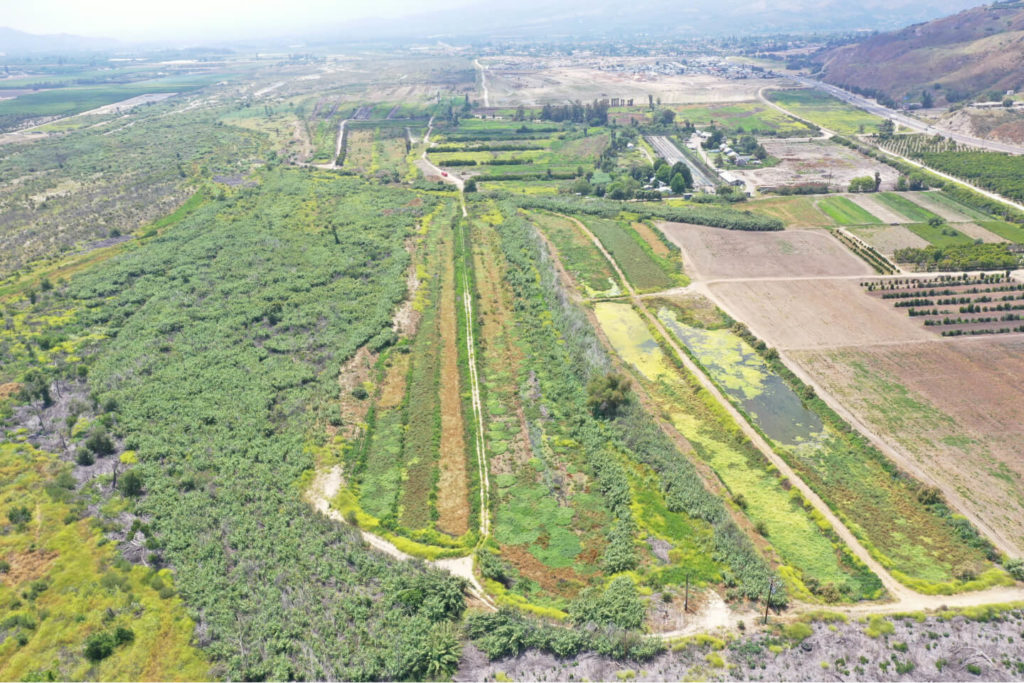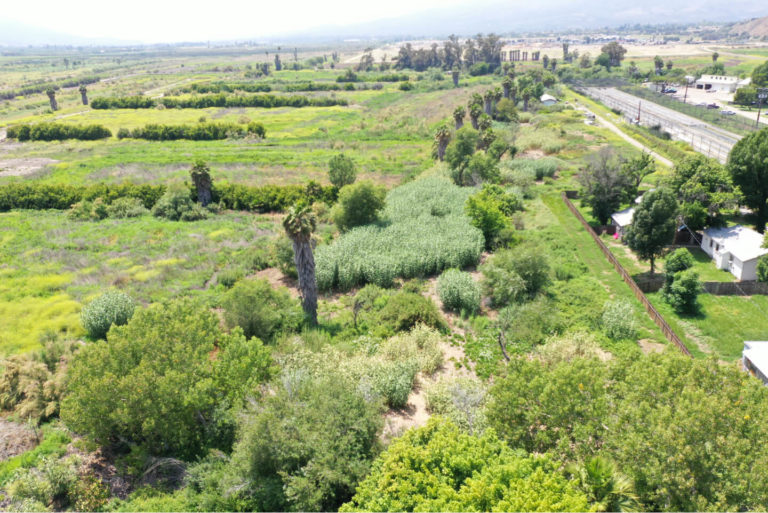2019 – ongoing
Fillmore
Arundo Removal at the Sespe Cienaga, Proposition 1 Funded

Restoring a Native Ecosystem
Working with University of California, Santa Barbara, this project will remove 175 acres of giant reed (Arundo donax) from an extremely important portion of the Santa Clara River in Fillmore, initiating the restoration of a native ecosystem at the site of a critical historic wetland.
The primary objective of this project is to protect and enhance native riparian woodlands and associated wildlife through restoration efforts.

This area of mature cottonwood-willow forest is part of a larger property owned by the California Department of Fish and Wildlife, for long-term protection and enhancement of regionally-threatened habitat and wildlife species, including multiple listed and candidate species.
The woodland has been severely degraded by dense infestation of giant reed, and faces risk of catastrophic loss from giant reed-fueled wildfire that could eliminate fire-intolerant native forest species, as well as be carried into adjacent agricultural lands and coastal sage scrub.
Lasting Change
Giant reed removal is the first phase of implementation that will re-create a fully functioning riparian ecosystem necessary for native species, while decreasing the risk from detrimental fires.
Removal will also allow native vegetation to recover and sequester excessive nutrients discharged from the neighboring Fillmore Fish Hatchery and nearby agricultural areas, thereby improving water quality before it enters the main channel of the Santa Clara River.
Increased water availability for sensitive terrestrial and aquatic species is expected, as research indicates giant reed uses approximately 3-4 times more water than native species.
These changes will be long lasting and will contribute to resilience of the ecosystem along the Santa Clara River in the face of potential climate change and natural disturbances.
